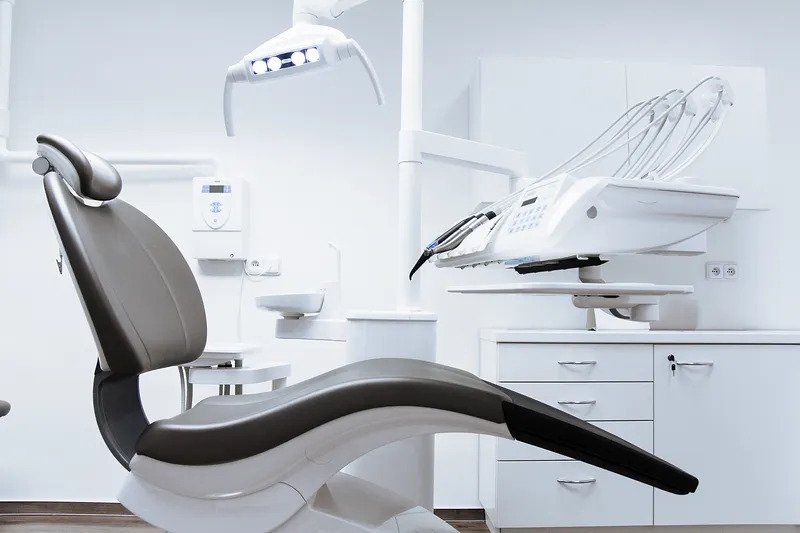When it comes to oral health, myths and misconceptions can create unnecessary confusion, leading many people to rely on outdated or incorrect information that can negatively impact their dental visit. Your dentist can confirm what’s true or false about their field. Here are some typical dental myths and why they’re not true:
Only Go When There’s Pain
This belief is a typical misconception about dental care. Many oral health problems, such as cavities or gum disease, do not cause pain until they’ve advanced significantly. A tooth with a minor cavity may feel fine for months, but the damage worsens over time.
Regular check-ups enable your dentist to identify minor issues and address them before they develop into more serious discomfort. Preventive care may save time, money, and unnecessary procedures in the future. Periodic visits also help maintain a healthier smile by identifying overall oral hygiene patterns.
Sugar Alone Leads to Cavities
Sugar plays a role in cavity formation, but it isn’t the sole culprit. Cavities are caused by bacteria in the mouth breaking down carbohydrates into acid, which then erodes tooth enamel. Foods like bread, pasta, or chips break down into simple sugars and can contribute to decay the same way candy does. It’s not only what you eat but how often you consume these foods that matters. Proper brushing, flossing, and rinsing are key to reducing this problem.
Dental Work is Always Painful
For many, pain prevents them from seeking timely dental care. This fear is rooted in outdated practices or myths that have been passed down through generations. Modern dentistry has undergone significant advancements. Procedures are now performed with state-of-the-art equipment, effective anesthetics, and minimally invasive techniques.
Dental X-ray Exposure Is Unsafe
Some may believe that X-rays expose you to dangerous levels of radiation, which is far from the truth. Dental X-rays involve only a very small amount of radiation, and the exposure is comparable to the amount you’d naturally experience in a day from the environment. Dentists also use protective equipment, such as lead aprons and collars, to safeguard patients. Digital X-rays, which are commonly used today, emit even less radiation than traditional options. Regular X-rays are a helpful tool for spotting issues that are not visible to the eye, such as tooth decay below the surface or problems with the jawbone.
More Brushing is Always Better
It may seem logical to brush more often for cleaner teeth, but overbrushing can actually harm your oral health. Brushing excessively or too forcefully can wear down enamel, irritate the gums, and lead to sensitivity. Twice a day, for two minutes each time, is the recommended brushing routine. Use a soft-bristled brush with fluoride toothpaste to clean effectively without damaging your teeth or gums. Gentle flossing and rinsing with mouthwash are great additions to your oral hygiene routine.
Schedule an Appointment With a Dentist
Understanding the facts about dental care helps maintain a healthy smile. Regular check-ups are more effective than waiting for pain to signal a problem. Sugar isn’t the only enemy of your teeth, so focus on a balanced approach to your diet. Don’t fear dental procedures or X-rays, as advancements in technology make them safer and more comfortable than ever. Avoid overbrushing and adopt proper brushing habits to protect your enamel and gums. If you have further questions or concerns about your dental care, contact your dentist.


Leave a Reply